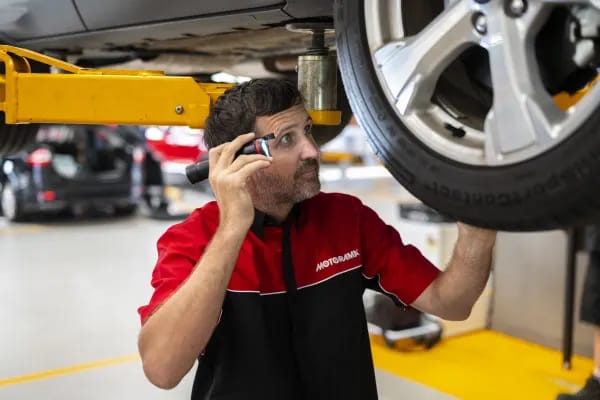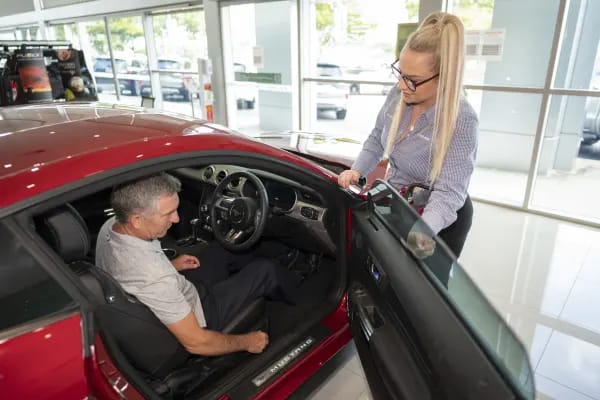
How to Prevent Your Car from Rusting
Posted in Servicing Insights
How to Prevent Your Car from Rusting
Going off-road can throw up road surfaces and obstacles that can cause damage to the underbody.
Here’s how to stop rust from ruining your car.

If you’ve ever driven through water, sand or mud, over dropped branches on the side of the road, or coarse dirt and gravel roads flicking little bits of dirt underneath your car, there’s a chance that you’re still carrying a bit of the great outdoors with you.
Modern cars are mostly well treated before they leave the factory – the exposed bits underneath the car are usually made of coated metal that is resistant to corrosion.
So why buy extra rust protection? Even though cars are much better protected than before, they’re not completely immune to corrosion over time. Small chips from stones and debris on the road can expose the metal of the car to rust – made worse if left exposed to the elements, especially near the beach or if you’re regularly having to drive through water like creek crossings.
There are two main ways of protecting against rust after you’ve bought your car: chemical treatment or electronic preventative systems.
Chemical treatments work by spraying the exposed metal with a waxy coating as another layer against rust. Some panels (like the inner part of the roof) can’t be sprayed – but most of these are rarely exposed to conditions that would create an environment for rust to set in. Most carmakers do this before all the parts come together in the factory, but this can be successfully applied to a car after it’s built.
Electronic rust protection generally uses small blocks of metal attached to the car, so that they rust instead of the cars parts. There are different methods, but most work by sending a pulse to ‘interrupt’ the procession of corrosion.
Keeping your car well maintained is the first step in preventing damage from corrosion from spoiling the ride.
Cleaning and polishing your car is a given, but if you’ve returned from your holidays, it’s also important to give the underbody a wash. Make sure you pay attention to the inside of the wheel wells (which can be the first area to show rust on a car) and sill panels, as well as the chassis rails if you’ve been off road.
Clear the door drain holes with a brush and then poke a thin wire inside to clear out any built up gunk: mud and dirt can get clogged in here – leaving water to pool in the panel.
If you’re concerned about rust in your car; bring your car in to your local Motorama service centre, and talk it through with our friendly service advisors before they pass it on to our team of factory-trained expert technicians.



